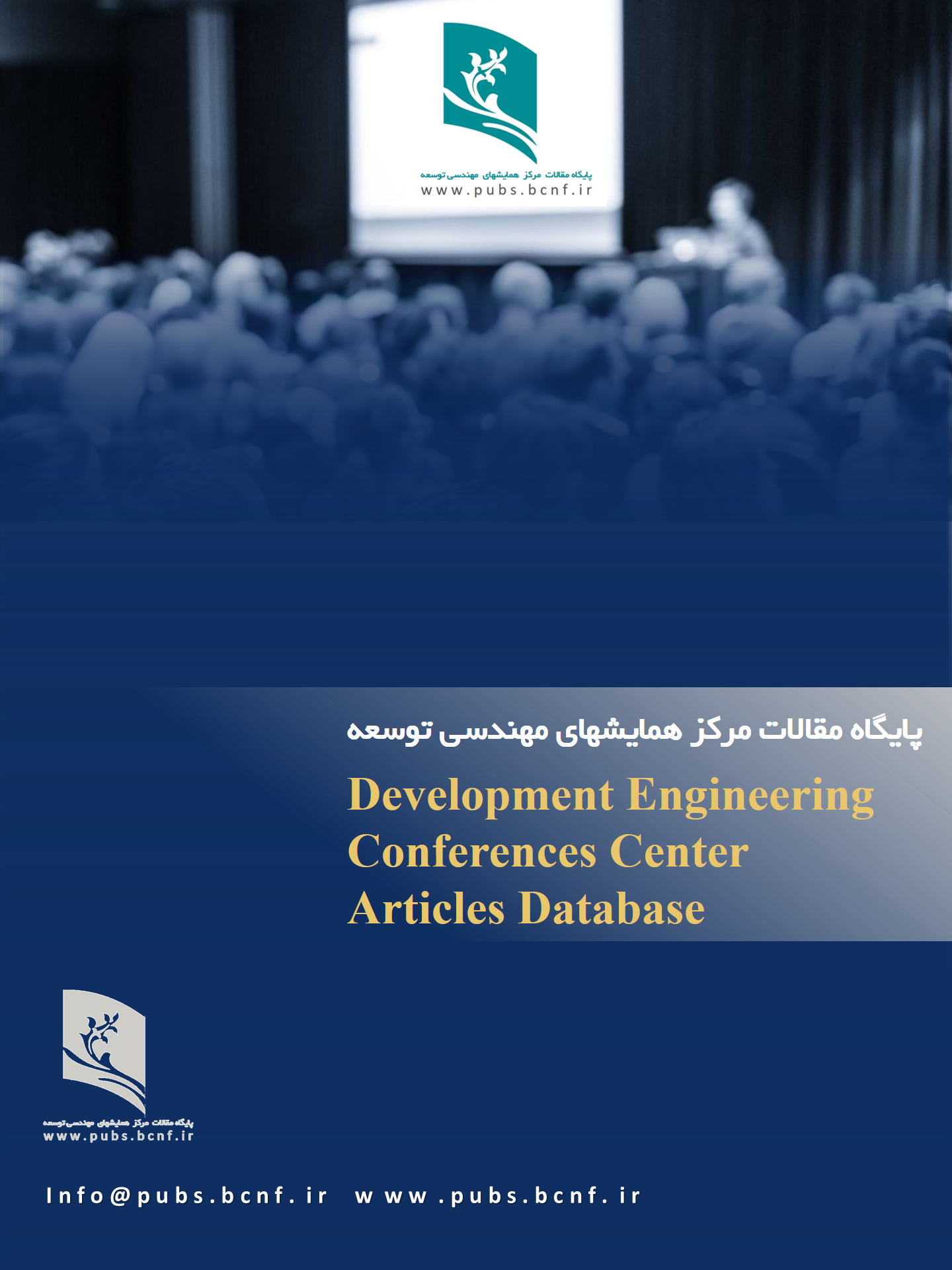Investigation of the Properties of Masonry Mortar Containing Recycled Aggregate and Zeolite with a Focus on Sustainable Development and Green Mortar
DOI:
https://doi.org/10.5281/zenodo.14293738Keywords:
Recycled Sand, Zeolite, Sustainable Development, Green Mortar, Masonry MortarAbstract
In this article, the characteristics of masonry mortar made with recycled sand and zeolite are investigated in the context of sustainable development. For this purpose, 8 masonry mortar mix designs were considered, in which, in addition to the base design, recycled sand replaced natural sand by 50% and 100%, and zeolite replaced cement by 10%, 15%, and 25%. Additionally, the water-to-cement weight ratio was set at 0.55, and the cement-to-sand weight ratio was set at 1:3. Experiments were designed to measure various physical and mechanical properties of the masonry mortar made with recycled sand and zeolite. Tests for water absorption and density were conducted to evaluate physical properties, as well as tests for compressive strength and flexural strength to assess mechanical properties, and a flow table test to evaluate workability and efficiency. The tests performed on the masonry mortars made with recycled sand and zeolite have yielded acceptable results that meet the requirements of the national standard for masonry mortar. They demonstrate that replacing 50% of natural sand with recycled sand and 15% of cement with zeolite can be a good strategy for reducing the use of natural materials, promoting sustainable development, and achieving green mortar.
Downloads
References
1. De Brito, J., & Saikia, N. (2012). Recycled aggregate in concrete: use of industrial, construction and demolition waste. Springer Science & Business Media.
2. Paul, S. C., Van Rooyen, A. S., van Zijl, G. P., & Petrik, L. F. (2018). Properties of cement-based composites using nanoparticles: A comprehensive review. Construction and Building Materials, 189, 1019-1034.
3. Dwivedi, V. N., Singh, N. P., Das, S. S., & Singh, N. B. (2006). A new pozzolanic material for cement industry: Bamboo leaf ash. International Journal of Physical Sciences, 1(3), 106-111.
4. Kho, J. H. (2021, February). Incorporation of eco process pozzolan (EPP) as partial cement replacement and superplasticisers in concrete. In IOP Conference Series: Earth and Environmental Science (Vol. 682, No. 1, p. 012014). IOP Publishing.
5. Pešta, J., Pavlů, T., Fořtová, K., & Kočí, V. (2020). Sustainable masonry made from recycled aggregates: LCA case study. Sustainability, 12(4), 1581.
6. Kim, J. (2021). Properties of recycled aggregate concrete designed with equivalent mortar volume mix design. Construction and Building Materials, 301, 124091.
7. Corinaldesi V, Moriconi G (2009) Influence of mineral additions on the performance of 100 % recycled aggregate concrete. Constr Build Mater 23(8):2869–2876
8. ASTM C 144. Standard Specification for Aggregate for Masonry Mortar. 2004.
9. Standard Norge. NS-EN 1052-6:2002 + A1:2007 Method of test for masonry. Part 3: Determination of density of mortars, 2007.
10. Standard Norge. NS-EN 1052-2:2016 Method of test for masonry. Part 2: Determination of flexural strength, 2016.
11. Standard Norge. NS-EN 1052-1:1999 Method of test for masonry. Part 1: Determination of compressive strength, 1999.
12. Iranian National Standards and Industrial Research Institute. (2013). "Mortar - Specifications - Part 2: Mortar for Construction Works." Retrieved from https://inbr.ir/wp-content/uploads/2016/08/mabhas-5.pdf
13. Cuenca-Moyano, G. M., Martin-Pascual, J., Martin-Morales, M., Valverde-Palacios, I., & Zamorano, M. (2020). Effects of water to cement ratio, recycled fine aggregate and air entraining/plasticizer admixture on masonry mortar properties. Construction and Building Materials, 230, 116929.



